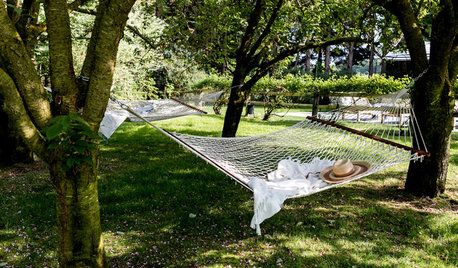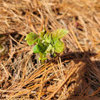Radish failure
gardener_sandy
13 years ago
Related Stories

EDIBLE GARDENSHouzz Call: What Did You Grow This Summer?
Let’s celebrate the homegrown fruits and vegetables of the season. Post your pictures and tell us about your harvest
Full Story
FARM YOUR YARD6 Things to Know Before You Start Growing Your Own Food
It takes time and practice, but growing edibles in the suburbs or city is possible with smart prep and patience
Full Story
FEEL-GOOD HOMEChoose Your Own Simple-Living Adventure
Ready to simplify, even just for a while? The ways to do it are as varied as the complexities of modern life
Full Story




happyday
jimster
Related Discussions
radish failure.
Q
Garden Failure 2013, still hopeful
Q
adenium obesum failure?
Q
Garden seed failure
Q
jrslick (North Central Kansas, Zone 5B)
gardener_sandyOriginal Author
happyday
laceyvail 6A, WV
gardener_sandyOriginal Author
twc015
Dan _Staley (5b Sunset 2B AHS 7)
laceyvail 6A, WV
jimster
DrHorticulture_
twc015
midsummersgarden
twc015
aloha10
jimster
midsummersgarden
happyday
twc015
jimster
gardener_sandyOriginal Author
curt_grow
happyday
gardener_sandyOriginal Author
eyesofthewolf
jimster
jimster
DrHorticulture_
garf_gw
jimster
gardener_sandyOriginal Author
jimster
gardener_sandyOriginal Author
jimster
radishking1
briergardener_gw
tempusflits
soilent_green
ally99
pepper-lover
laubackerj
mandolls
hobbiest
Beeone
happyday
jolj